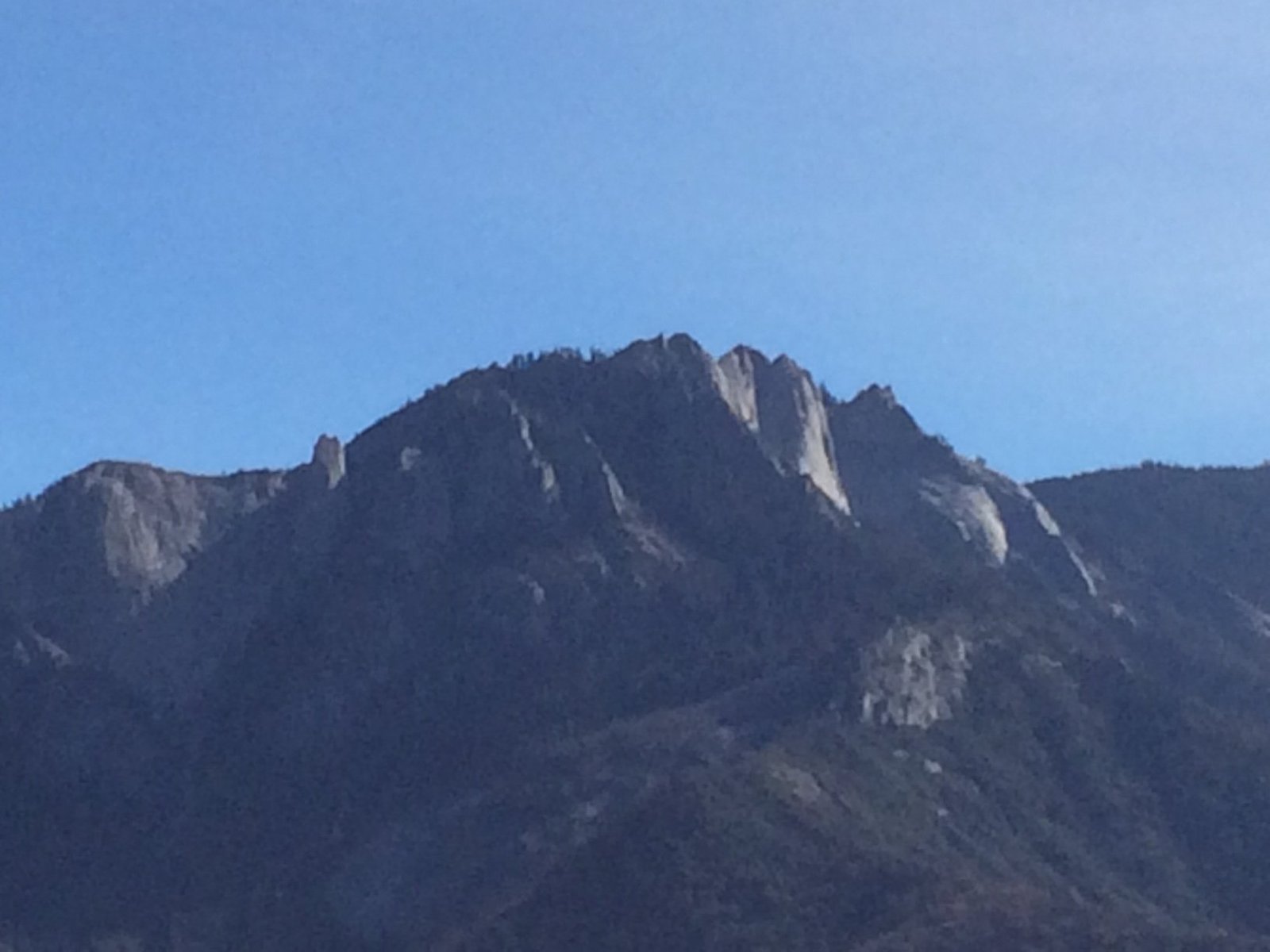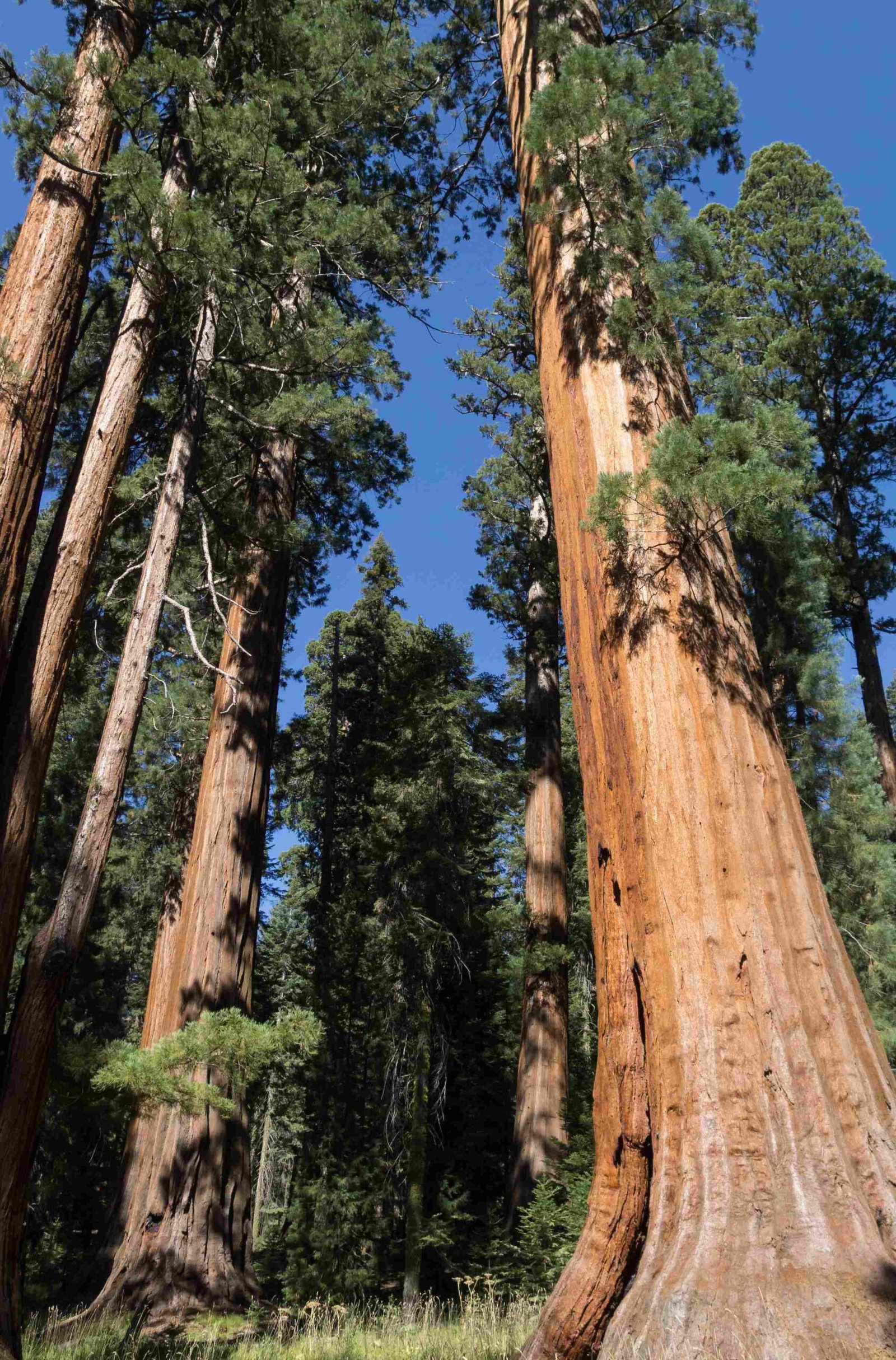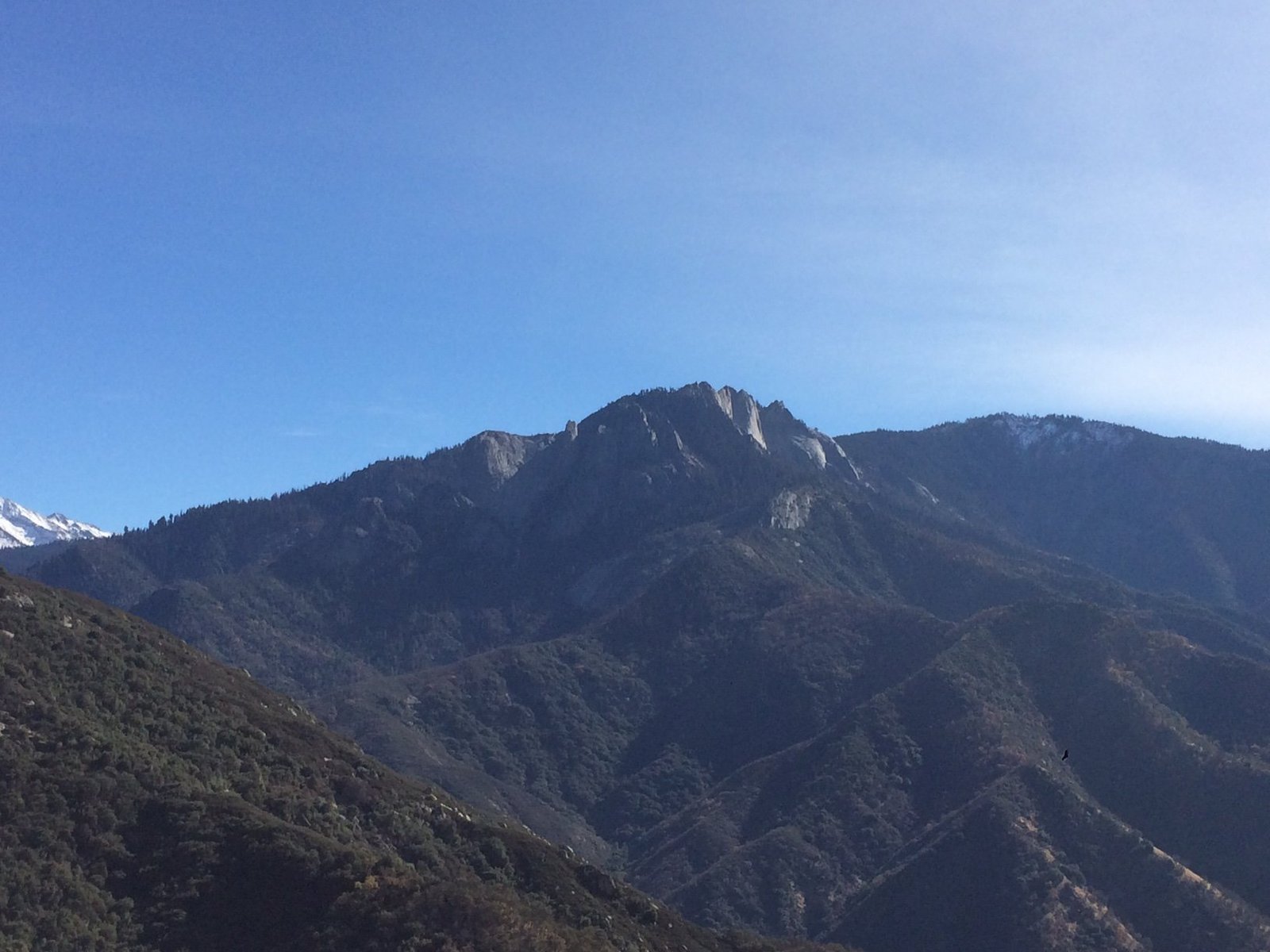The Mono Rack Trail in Sequoia National Park is a unique hiking experience that offers breathtaking views of the Sierra Nevada mountains and ancient sequoia groves. This trail, often confused with the more popular Moro Rock Trail, provides a challenging yet rewarding journey through one of America’s most iconic national parks. Hikers can expect a moderate to strenuous trek with significant elevation gain, diverse flora and fauna, and panoramic vistas of the surrounding landscape.
What is the Distance of the Mono Rack Trail?

The Mono Rack Trail in Sequoia National Park spans approximately 3.5 miles round trip. This distance allows for a half-day hike, giving visitors ample time to explore the trail’s features and take in the stunning scenery. The trail’s length is suitable for experienced hikers and those looking for a moderate challenge.
Here’s a breakdown of the trail segments:
- Trailhead to first viewpoint: 0.8 miles
- First viewpoint to granite outcropping: 1.2 miles
- Granite outcropping to summit: 0.7 miles
- Return trip: 1.8 miles
How Difficult is the Mono Rack Trail?

The Mono Rack Trail is rated as moderate to strenuous, depending on the hiker’s experience and fitness level. Several factors contribute to its difficulty:
- Steep inclines and switchbacks
- Rocky terrain in some sections
- High altitude (ranging from 6,500 to 7,800 feet above sea level)
- Exposure to sun and wind
Hikers should be prepared for a challenging ascent, particularly in the final third of the trail. Proper footwear, hydration, and sun protection are essential for a safe and enjoyable experience.
What is the Elevation Gain on the Mono Rack Trail?
The Mono Rack Trail features a significant elevation gain, making it a heart-pumping adventure for outdoor enthusiasts. Here’s a detailed breakdown of the elevation profile:
| Trail Section | Elevation Gain |
|---|---|
| Start to Viewpoint 1 | 400 feet |
| Viewpoint 1 to Granite Outcropping | 600 feet |
| Granite Outcropping to Summit | 300 feet |
| Total Elevation Gain | 1,300 feet |
This substantial elevation gain offers hikers a true sense of accomplishment upon reaching the summit, where they’re rewarded with unparalleled views of the Sierra Nevada range and the Giant Forest below.
When is the Best Time to Hike the Mono Rack Trail?
The optimal time to hike the Mono Rack Trail depends on several factors, including weather conditions, park accessibility, and personal preferences. Here’s a seasonal guide to help plan your visit:
Spring (April to May)
- Pros:
- Mild temperatures
- Wildflowers in bloom
- Fewer crowds
- Cons:
- Possible lingering snow at higher elevations
- Trail may be muddy in some sections
Summer (June to August)
- Pros:
- Long daylight hours
- Clear skies for optimal views
- All park facilities open
- Cons:
- Hot temperatures, especially at lower elevations
- Crowded trails and limited parking
- Potential for afternoon thunderstorms
Fall (September to October)
- Pros:
- Cooler temperatures
- Beautiful fall foliage
- Less crowded than summer
- Cons:
- Shorter daylight hours
- Possibility of early snow at higher elevations
Winter (November to March)
- Pros:
- Serene, snow-covered landscapes
- Solitude on the trails
- Cons:
- Trail may be inaccessible due to snow
- Limited park services
- Cold temperatures and potential hazardous conditions
For most hikers, late spring to early fall offers the best conditions for tackling the Mono Rack Trail. However, always check current park conditions and weather forecasts before setting out.
What Should I Pack for the Mono Rack Trail?
Proper preparation is key to a safe and enjoyable hike on the Mono Rack Trail. Here’s a comprehensive packing list:
- Hiking Essentials:
- Sturdy hiking boots with good traction
- Backpack (20-30 liters)
-
Trekking poles (optional but recommended)
-
Clothing:
- Moisture-wicking base layer
- Insulating mid-layer (fleece or wool)
- Waterproof/windproof outer layer
- Hat for sun protection
-
Gloves (for cooler weather)
-
Food and Water:
- At least 2-3 liters of water per person
- High-energy snacks (trail mix, energy bars, fruit)
-
Lunch for longer hikes
-
Navigation and Safety:
- Trail map and compass
- GPS device or smartphone with offline maps
- First-aid kit
- Emergency whistle
-
Headlamp or flashlight with extra batteries
-
Sun and Bug Protection:
- Sunscreen (SPF 30 or higher)
- Sunglasses
-
Insect repellent
-
Miscellaneous:
- Camera
- Binoculars for wildlife viewing
- Plastic bag for trash (pack it in, pack it out)
Remember to adjust your packing list based on the season and current weather conditions.
How Do I Get to the Mono Rack Trailhead?
Accessing the Mono Rack Trail requires some planning, as it’s not as well-known as other trails in Sequoia National Park. Here are step-by-step directions:
- Enter Sequoia National Park through the Ash Mountain Entrance Station.
- Follow the Generals Highway for approximately 16 miles.
- Turn right onto the Crescent Meadow Road.
- Continue for about 2 miles until you reach a small parking area marked for the Mono Rack Trail.
- The trailhead is located at the far end of the parking lot, marked by an informational sign.
Note: During peak summer months, the Crescent Meadow Road may be closed to private vehicles. In this case, use the park shuttle service, which stops at major trailheads, including Mono Rack.
What Wildlife Might I Encounter on the Mono Rack Trail?
The Mono Rack Trail offers excellent opportunities for wildlife viewing. Here’s a list of animals you might spot during your hike:
- Black bears (maintain a safe distance and properly store food)
- Mule deer
- Yellow-bellied marmots
- Golden-mantled ground squirrels
- Clark’s nutcrackers
- Steller’s jays
- Mountain chickadees
- White-headed woodpeckers
Remember to observe wildlife from a distance and never feed or approach animals. Bring binoculars for a closer look without disturbing the natural behavior of the park’s inhabitants.
Are There Any Safety Considerations for the Mono Rack Trail?
While the Mono Rack Trail offers a rewarding hiking experience, it’s important to be aware of potential safety hazards:
-
Altitude Sickness: The trail’s high elevation can cause altitude sickness in some hikers. Symptoms include headache, nausea, and dizziness. Acclimatize properly and descend if symptoms persist.
-
Weather Changes: Mountain weather can change rapidly. Be prepared for sudden temperature drops, rain, or even snow at higher elevations.
-
Wildlife Encounters: While rare, encounters with black bears are possible. Carry bear spray and know how to use it. Make noise while hiking to avoid surprising wildlife.
-
Trail Conditions: Some sections of the trail may be steep or have loose rocks. Watch your footing and use trekking poles if necessary.
-
Dehydration and Sun Exposure: The high altitude and exposed sections of the trail increase the risk of dehydration and sunburn. Drink plenty of water and use sun protection.
-
Navigation: While the trail is well-marked, it’s easy to get disoriented in forested areas. Carry a map and compass, and know how to use them.
By being aware of these potential hazards and preparing accordingly, hikers can ensure a safe and memorable experience on the Mono Rack Trail in Sequoia National Park.
Remember to always follow Leave No Trace principles, respect wildlife and fellow hikers, and enjoy the natural beauty of this remarkable trail in one of America’s most treasured national parks.

